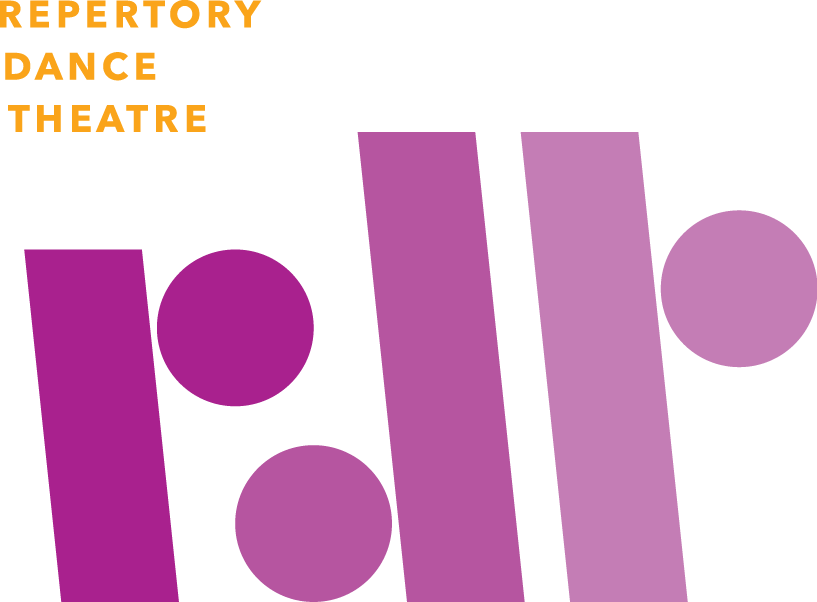In this lesson, students will use the choreographic elements of direction (forward, sideways, backwards), levels (low, medium, high), speed (slow, medium, fast) and actions (verbs) to create a dance.
Learning Objectives/Goals
Students will be introduced to different ways of moving their bodies, in different directions, using layers of the space, exploring different speeds. Using a formula or recipe, students will create dance patterns from these explorations.
Materials Needed
Index cards that have the 3 directions, 3 levels and 3 speeds written on them.
Index cards with verbs written on them.
A large space
Drum and/or music
Introduction
State Class expectations. Ask students what they notice while they are watching a dance. Do the dancers move in different directions? Do they jump in the air, roll on the floor, move in the space between? Is there fast movement, slow motion, stillness? Are the dancers, moving in a straight line, curved pathways, or zig-zag? There is o much to look at and so much involved in creating a dance. In this class, students will get to explore these elements and experience creating a dance.
Warm-Up
Warming up using an add-on game, have the students spread out in the moving space. When the drum or music begins, ask students to walk either forward, sideways or backwards. Each time they hear the word, "Change" have them change the direction they are walking. Instruct them to make the direction change as sharply as possible. Next adding on, have them also change their level in space (high, medium or low) as well as their direction while walking. 2 things to change (Direction and Level). Remind them they are walking while exploring these two instructions. Next adding on, have them also change their speed at which they are walking (slow, medium and fast). 3 things to change (Direction, Level and Speed). Finally, have them change the Action or Verb, so instead of walking, crawling, hopping, running, swimming, etc. 4 things to change (Direction, Level, Speed and Action).
Investigate
Next, work with the students as one big group. Using verb cards, have a students select one verb, example: Crawl. Then using the 3 direction cards, select one direction, example: Sideways. The same with the 3 Level cards, example: Medium. And the same with the Speed cards, example: Slow. So, part one of the pattern will be that students will crawl sideways at a medium level slow. Have them explore this. Then using the process of elimination, there should be 2 cards left of direction, level and speed. Draw another verb card, and from the remaining direction cards left, draw one, same with level and speed. This will be part 2 of the pattern. Draw one more verb card and use the remaining cards with this verb to create part 3 of the pattern. Try all 3 together in a pattern. Try with music!
Create
Divide students into groups of 3-4 people. Give each group 3 verb cards, randomly selected. Then instruct them to put a direction, level and speed with each verb. They may not use the same direction, level or speed twice. All must be used. Once they have created for each verb, put the 3 verbs with their directions, levels and speeds into a pattern.
Reflect
Perform the patterns for the group with music. Have the audience see if they can guess what verbs you used.
Extension to the Lesson
Take the a pattern and add pathways to it. Curved, Straight, and Zig-Zag.
Follow-up Resources
For more ideas, see our lesson plan library.

